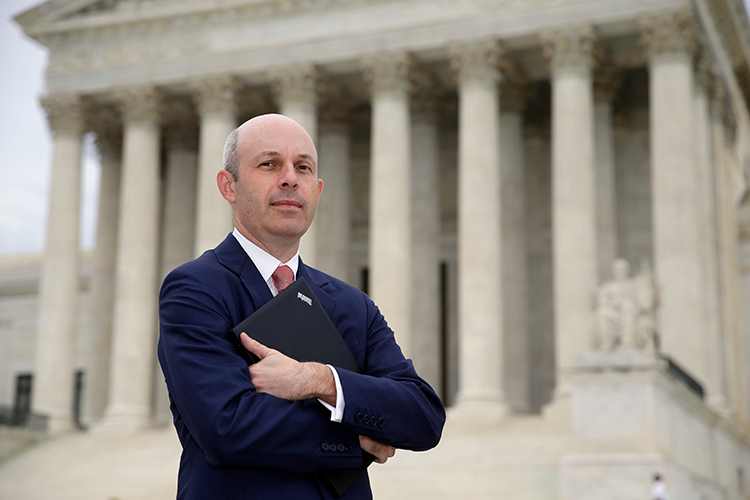Will ‘Economic Edifice’ of BigLaw Crumble in the Recession?
In the boom times, big law firms reaped big fees and relentlessly expanded, pushing the average take home pay for partners to a million dollars or more.
These firms had fallen prey “to the same strain of hubris that infected their clients,” legal journalist Douglas McCollam writes in an opinion column for the Wall Street Journal. Big law firms “embarked on empire building” as they opened new offices and merged with smaller rivals, “confident that the future belonged not so much to the best and the brightest as to the biggest.”
But now law firms are suffering along with their clients. Almost 3,000 partners and associates have been laid off (other reports would put that figure at more than 4,000), and average partner compensation has fallen, declining almost 24 percent at Cravath, Swaine & Moore and 17 percent at Davis Polk & Wardwell, McCollam writes. He goes on to wonder whether the decline of BigLaw also means the demise of the billable hour and the big law firm model.
“At bottom, what’s in question is the whole economic edifice of the modern American law firm,” McCollam says. “Like the pharaohs of old, big firms are enamored of constructing pyramids with an ever-widening base of associates and nonequity partners toiling on behalf of a narrowing band of equity partners at the top. Increasing a firm’s ‘leverage’—as expressed through the billable hour, one of the most pernicious creations in the annals of commerce—has been the key metric driving profitability at big law firms over the last generation.
“Numerous studies have documented the deleterious impact this model has had upon the legal profession and clients. To date, nothing has been able to kill it. It would be ironic indeed if the economic downturn that has cost lawyers so much ended up being the very thing that saved the legal profession from its own excess.”



